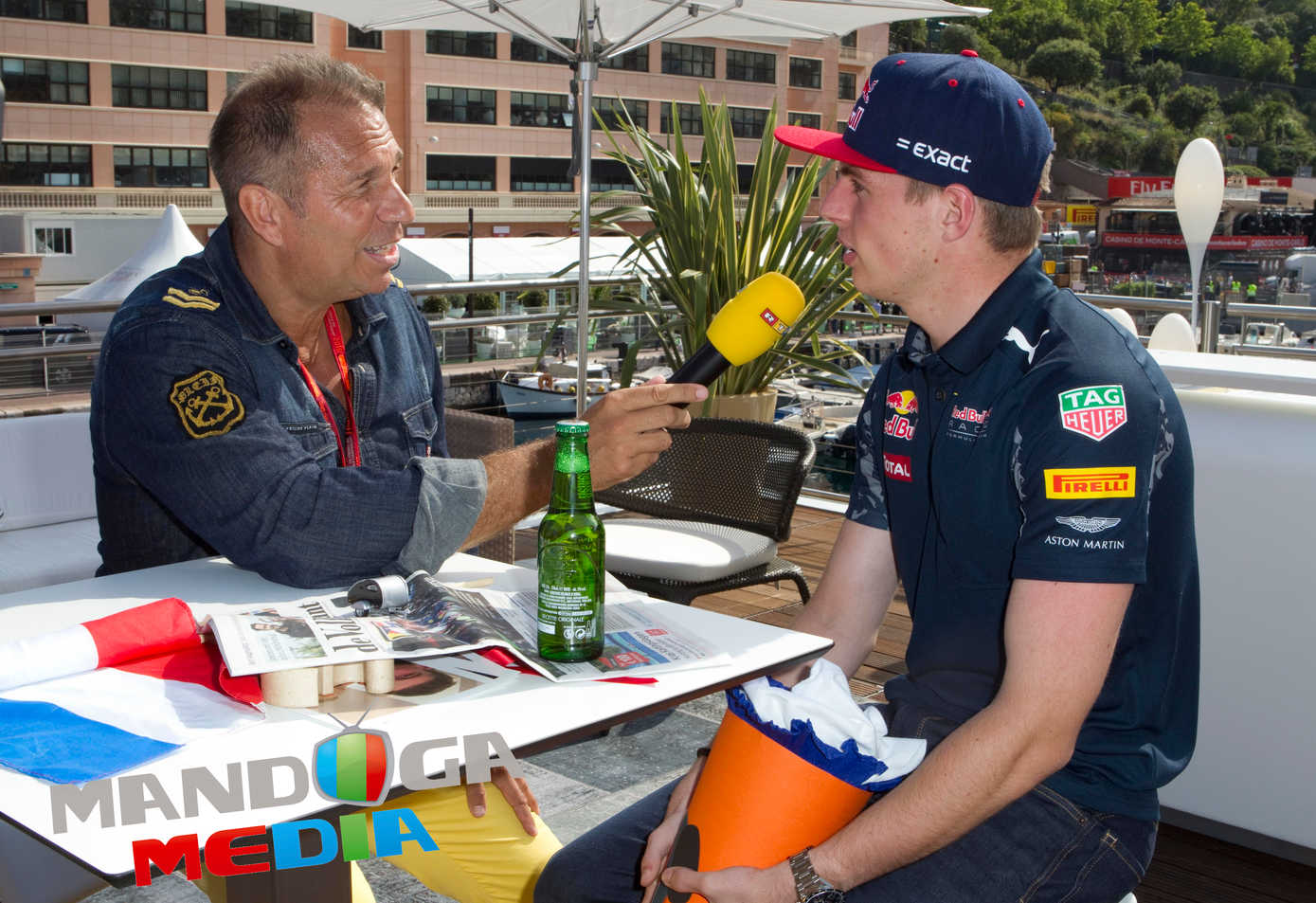
Following an unprecedented 2020 season, Formula 1 successfully delivered a revised 17-race calendar and was
the first international sport to safely resume last summer. Our fans reacted to the revised season, and new
venues, very positively and while many sports have struggled with large viewership declines this year, our
viewership trends compare well to other sports that experienced similar temporary shutdowns, and particularly
those with an international footprint. Alongside this, Formula 1 has seen impressive growth on our social
platforms compared to other major sports. According to Shareablee, we are the second fastest growing major
sports league on the planet in terms of follower growth, we have 35m total followers and have seen by far the
fastest growth in engagement compared to other major sports with a 99% increase in 2020. To achieve these
results in a challenging year is a very strong achievement.
TV audiences: Despite the fact that the revised 2020 season had four fewer races than 2019, Formula 1 has
maintained a strong audience position with our average audience per Grand Prix in 2020 at 87.4m. While this is
marginally down at -4.5% on 2019, the average per Grand Prix was 87m in 2016, 2017 and 2018, 80m in 2015
and 83m in 2014 and therefore our 2020 performance was very much in line with the average for the past
seven years despite the challenging circumstances. The average audience figure for the 2020 season was
largely driven by the fact our season took place in Europe and the Gulf which meant a number of regions did not
host their own Grand Prix, race start times were not always suited to certain markets and the usual audience
uplift we see from particular races did not occur. However, we have seen strong results in a number of key
markets with +43% YoY in China, +28% YoY in the Netherlands, +10% YoY in the UK, + 71% YoY in Russia and +5%
YoY in Germany. The USA also saw a +1% increase even with no local time zone events and no US Grand Prix
which would have benefited from wider ABC audience exposure. Unique viewers for 2020 were 433m (-8%
YoY), driven by fewer races as well as the reasons mentioned above.
The cumulative TV audience for 2020 was 1.5bn compared to 1.9bn in 2019 and this reduction is a result of the
fact we had 17 races last season compared to 21 races in 2019. It does not reflect a drop off in audiences in
general but is a result of fewer races and therefore fewer events to watch on TV. The highest audience figure
for a race in 2020 was 103.7m for the Hungarian Grand Prix, +7% higher than the same race in 2019, and we
saw strong figures for the new races that joined the revised calendar with 100.5m for Portugal, 98.1m for the
Bahrain outer track and 89.1m for Turkey.
In addition, Formula 1 has continued to improve its overall perception and satisfaction with fans. Out of 6,000
fans surveyed1, 72% think F1 has improved over past 2 years compared to 52% in June 2019, 68% believe F1 is in
good hands under Liberty Media vs 56% in 2019 and 71% rate their satisfaction with being an F1 fan as 8 or
higher vs 44% in 2019. Furthermore, fans believe Formula 1 handled itself very well during the global pandemic,
with 90% believing the safety measures put in place to allow races to go ahead have been handled well, 81%
believing F1 has communicated well with fans during the shutdown, 73% believing F1 has handled the absence
of fans at the races well and 88% feeling positive about the calendar in 2020.
The F1’s core digital platforms: Formula 1 has made significant gains across digital, making us the second
fastest growing major sports league on the planet across the four major social platforms. In 2020, followers
(across Facebook, Twitter, Instagram, YouTube, Tiktok, Snapchat, Twitch and Chinese social platforms) were up
36% to 35m, video views up 47% to 4.9bn and total engagement up 99% to 810m. Additionally, total video views
across F1.com, the F1 app and social media were up +46% vs 2019 to 4.9bn, unique users were up +26% to
70.5m and pageviews were up +13% to 1.3bn. In China we also saw very strong digital growth with followers on
Chinese platforms (Weibo, WeChat, Toutiao and Douyin) up +133% to 1.9m. The biggest drivers of the digital
growth have been fuelled by a 20% uplift in video uploads, new races during the revised 2020 calendar and also
the excitement during the races that resulted in increases in traffic and activity during a race week. The results
mean that Formula 1 is now strongly outperforming other major sports in the digital arena including La Liga,
NBA, PGA tour and the Premier League. The digital share of total minutes (including broadcast and digital) has
grown from 7% in 2019 to 10% in 2020.


